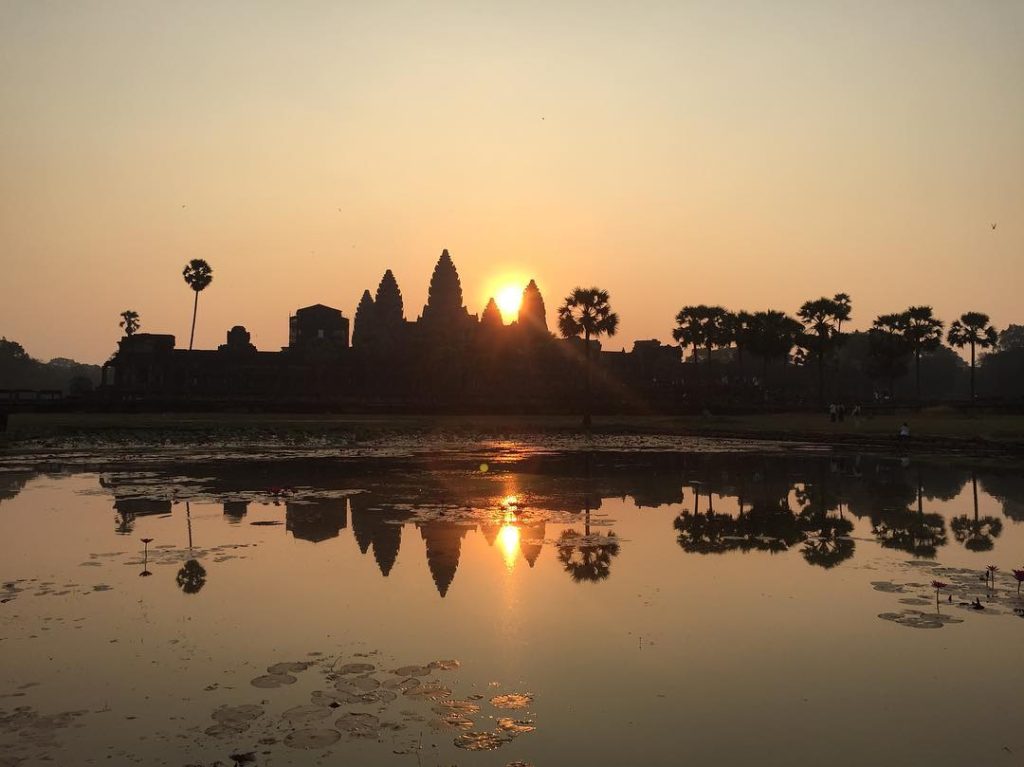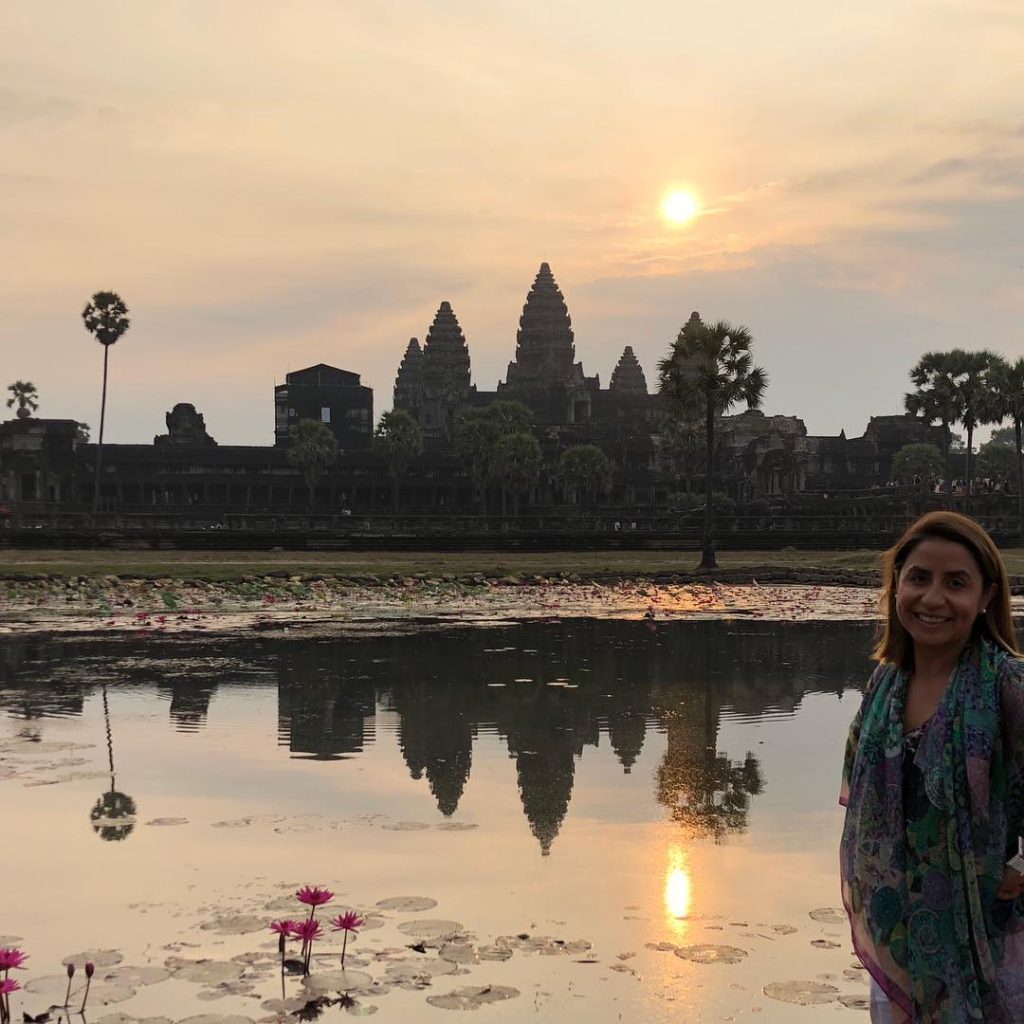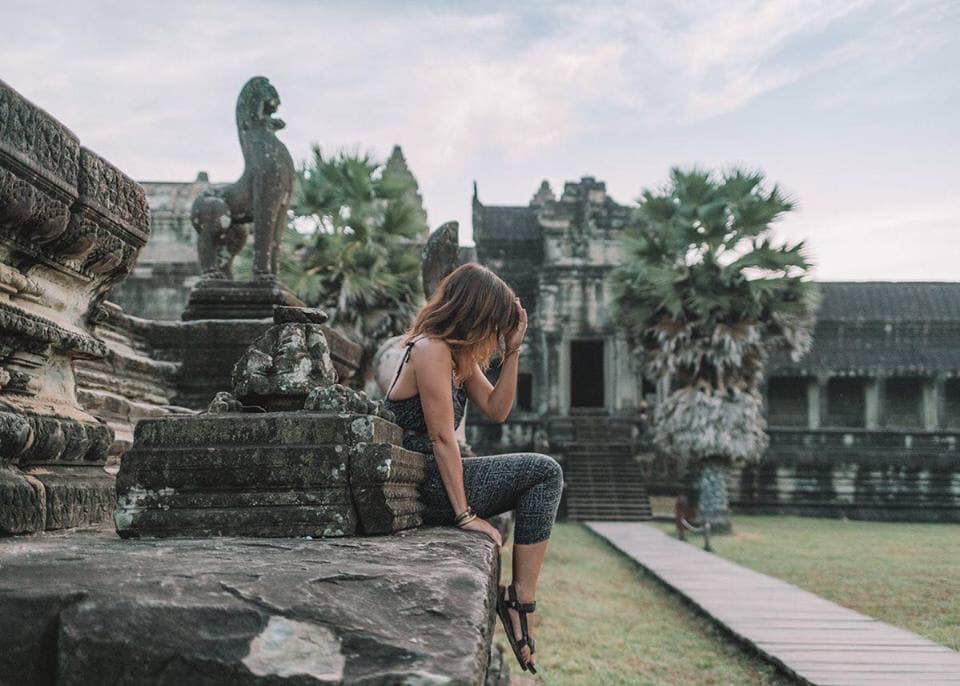


Angkor Wat is one of the most iconic and breathtaking archaeological sites in the world, located in Siem Reap, Cambodia. A UNESCO World Heritage Site, it is the largest religious monument globally and a must-visit destination for travelers. Here’s everything you need to know about planning a trip to Angkor Wat:
Highlights of Angkor Wat
- Angkor Wat Temple:
- The centerpiece of the Angkor Archaeological Park, this 12th-century temple is a masterpiece of Khmer architecture.
- It was originally built as a Hindu temple dedicated to Vishnu but later transformed into a Buddhist site.
- The temple is famous for its intricate carvings, massive moat, and stunning sunrise views.
- Angkor Thom:
- A walled city within the complex, Angkor Thom was the last capital of the Khmer Empire.
- Highlights include the Bayon Temple, known for its giant stone faces, and the Terrace of the Elephants.
- Ta Prohm:
- Known as the “Tomb Raider Temple,” Ta Prohm is famous for being engulfed by jungle, with massive tree roots intertwining with the ruins.
- It offers a unique and atmospheric experience.
- Other Temples:
- Banteay Srei: A smaller but exquisitely carved temple known as the “Citadel of Women.”
- Preah Khan: A sprawling temple complex with a maze-like structure.
- Phnom Bakheng: A hilltop temple offering panoramic views, especially at sunset.
Planning Your Trip
- Best Time to Visit:
- Dry Season (November to March): Cooler temperatures and less rain make this the ideal time to visit.
- Shoulder Seasons (April-May, October): Fewer crowds but hotter weather.
- Avoid the rainy season (June to September) if possible, as some areas may flood.
- Tickets:
- Angkor Archaeological Park offers 1-day, 3-day, and 7-day passes.
- Prices (as of 2023):
- 1-day pass: $37
- 3-day pass: $62
- 7-day pass: $72
- Tickets must be purchased at the official ticket center and include a photo.
- Getting There:
- From Siem Reap: Angkor Wat is about 6 kilometers from Siem Reap. You can reach it by:
- Tuk-Tuk: The most popular and affordable option.
- Bicycle: For the adventurous, cycling is a great way to explore.
- Private Car or Van: Ideal for families or groups.
- Guided Tour: Many tours include transportation, a guide, and sometimes meals.
- From Siem Reap: Angkor Wat is about 6 kilometers from Siem Reap. You can reach it by:
- Guides:
- Hiring a local guide is highly recommended to fully appreciate the history and significance of the temples.
- Guides can be arranged through tour companies or at the entrance.
What to Do at Angkor Wat
- Watch the Sunrise:
- The sunrise over Angkor Wat is a magical experience. Arrive early (around 5:00 AM) to secure a good spot by the reflection pond.
- Explore the Temples:
- Spend time exploring the intricate carvings, bas-reliefs, and architecture of the temples.
- Don’t miss the bas-relief galleries at Angkor Wat, which depict Hindu epics like the Ramayana and Mahabharata.
- Visit Lesser-Known Temples:
- While Angkor Wat, Bayon, and Ta Prohm are the most famous, there are dozens of smaller, quieter temples worth exploring.
- Enjoy the Scenery:
- The park is surrounded by lush jungle, lakes, and moats, making it a beautiful place to relax and take photos.
- Learn About Khmer Culture:
- Engage with local vendors, learn about traditional crafts, and try Cambodian street food sold near the temples.
Tips for Visiting Angkor Wat
- Dress Code: Temples are sacred sites, so dress modestly (cover shoulders and knees).
- Stay Hydrated: Bring plenty of water, especially if visiting during the hot season.
- Wear Comfortable Shoes: You’ll be walking and climbing a lot, so sturdy footwear is essential.
- Respect the Site: Do not touch or climb on fragile structures, and avoid loud or disrespectful behavior.
- Avoid Crowds: Start early to beat the crowds, especially at Angkor Wat and Ta Prohm.
Beyond Angkor Wat
While in Siem Reap, consider exploring other attractions:
- Tonle Sap Lake: Visit floating villages and learn about life on the water.
- Cambodian Cultural Village: Experience traditional dances and cultural performances.
- Siem Reap Night Market: Shop for souvenirs and enjoy local street food.
A trip to Angkor Wat is a journey through history, culture, and spirituality. It’s an unforgettable experience that showcases the grandeur of the Khmer Empire and the beauty of Cambodia.


Leave a Reply